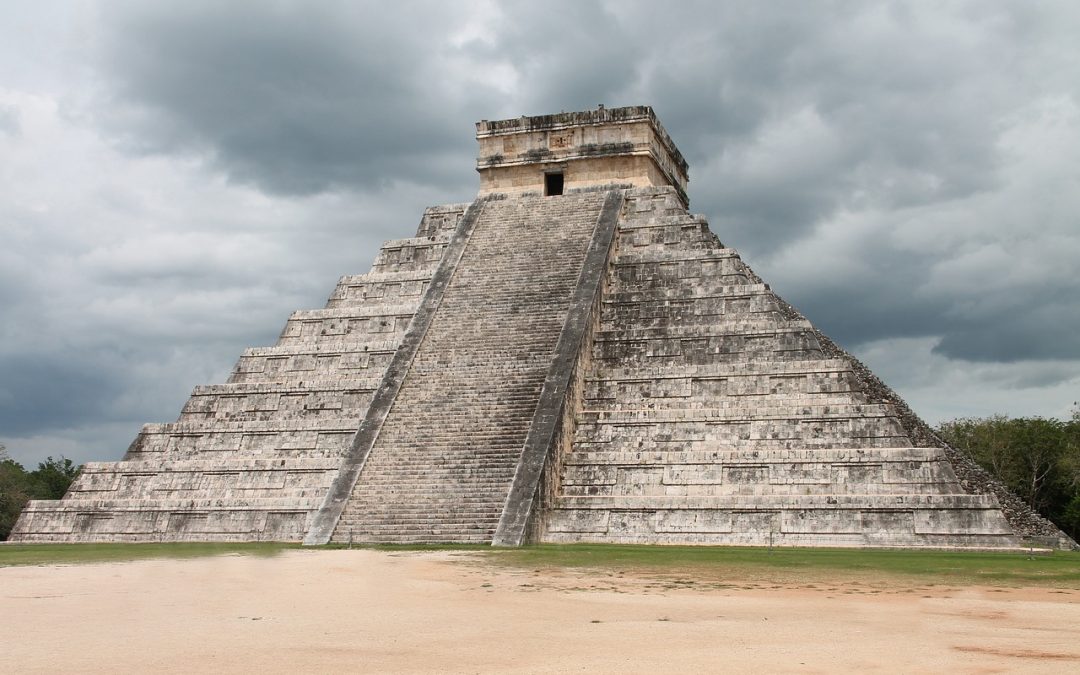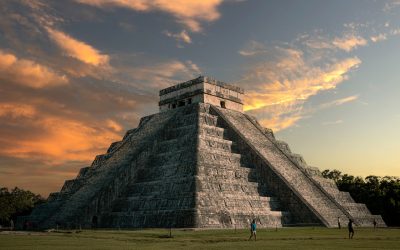Exploring The Ancient Maya

Vestiges of the Maya: A Controversial Exploration of Ancient Connections
Published in the late 19th century, Augustus Le Plongeon's "Vestiges of the Maya" challenged the prevailing understanding of Mayan civilization. Le Plongeon, an amateur archaeologist driven by a deep fascination with the Maya, proposed a bold and controversial thesis:...
Vestiges of the Maya: A Controversial Exploration of Ancient Connections
Published in the late 19th century, Augustus Le Plongeon's "Vestiges of the Maya" challenged the prevailing understanding of Mayan civilization. Le Plongeon, an amateur archaeologist driven by a deep fascination with the Maya, proposed a bold and controversial thesis:...
Mayan Superstitions: Echoes of Ancient Beliefs in the Modern World
For the ancient Maya, the world was brimming with spirits, omens, and powerful forces interwoven with daily life. While many aspects of their civilization have changed, echoes of traditional beliefs and superstitions still linger. These superstitions provide a...
Images of Chichen Itza
Was Climate Change Responsible for the Decline of Mayan Civilization?
By looking back at what transpired with Mayan civilization, we can witness history repeating itself especially in today’s world. We are also the same mistakes the ancient Mayans have made. Climate change and deforestation were significant factors in the demise of Mayan civilization.
History of The Maya
The ancient Maya emerged from barbarism probably during the first or second century of the Common Era; at least their earliest dated monuments cannot be ascribed to a more remote period. How long a time had been required for the development of their complex calendar and hieroglyphic system to the point of graphic record, it is impossible to say, and any estimate can be only conjectural. It is certain, however, that a long interval must have elapsed from the first crude and unrelated scratches of savagery to the elaborate and involved hieroglyphs found on the earliest monuments, which represent not only the work of highly skilled sculptors, but also the thought of intensively developed minds.
Mayan Paintings
The Mayan art, particularly the Mayan paintings were all depiction of the cultures and traditions of this once great civilization in Mesoamerica. Of course, other early civilizations may also have their paintings and sculpture depict their earlier lifestyle. But, the...




